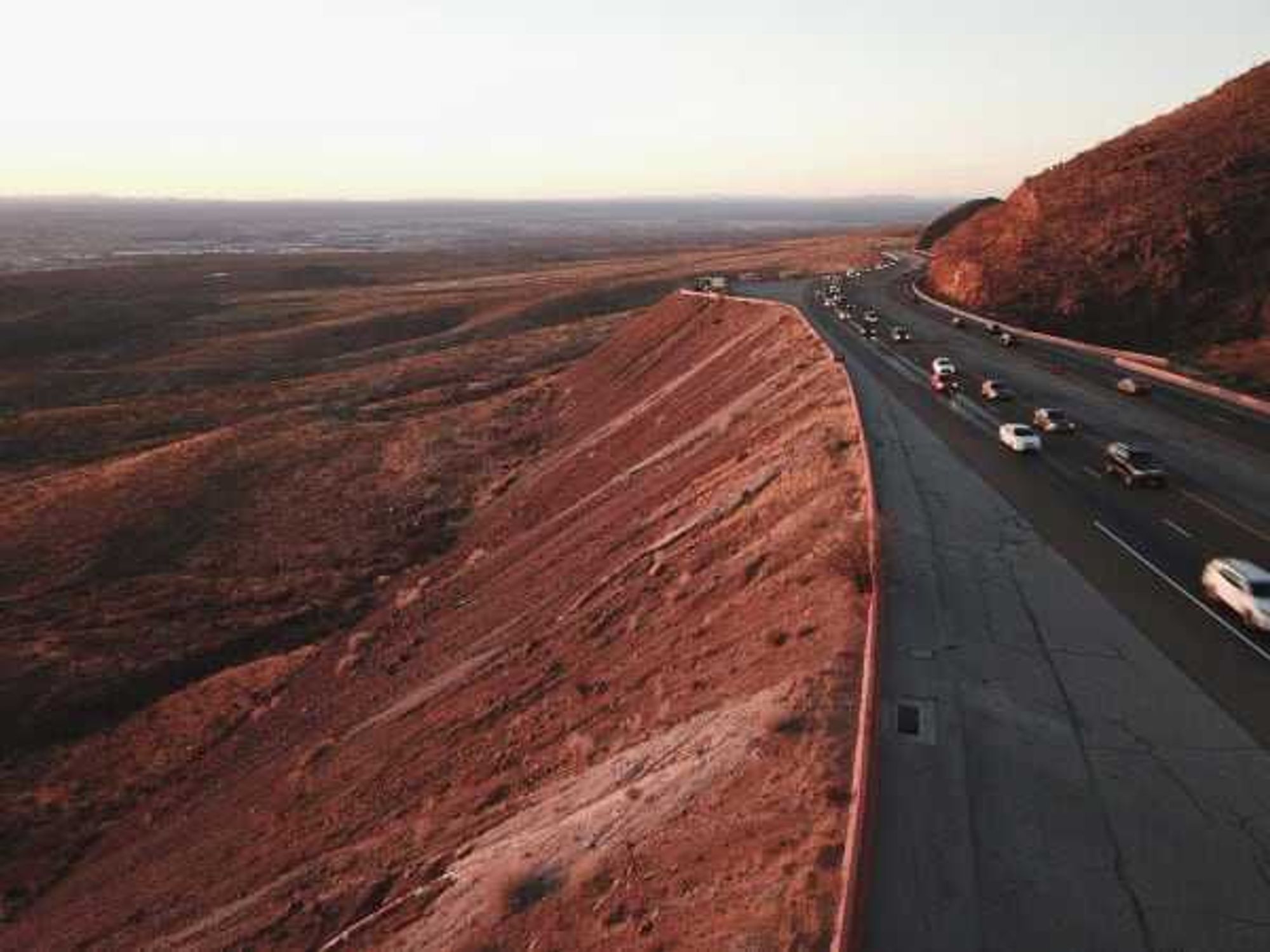Spring flowers
How the winter storm could affect Texas' bluebonnets and wildflowers in spring 2021

Hope sprung up for an early and abundant wildflower season around Texas when the first beloved bluebonnets of 2021 surprised Houston in January. By mid-February, hope froze to death with the rest of the state.
Now that Texas has thawed out and we're back to shorts-weather, the question on every wildflower watcher’s mind is: What'll happen with our bluebonnets?
The answer, Texas horticulture experts say, is hard to pinpoint because Winter Storm Uri was such an extreme and unusual weather event. But Texans needn't worry. The state flower is still going to blanket fields, parks, and roadsides this year. We'll just need to be patient, experts say, because their grand entrance could be delayed.
Wildflowers and bluebonnets typically bloom in March and April, but timing and bounty actually depend on temperature and rainfall starting many months before. In North Texas, a mild winter had been setting us up for the possibility of an early season, says Steve Huddleston, public relations manager of the Fort Worth Botanical Garden and Botanical Research Institute of Texas. In fact, a few early bloomers had already shot up in the Fort Worth Botanic Garden the first week of February.
After the cold snap, he says, bluebonnets' arrival in Dallas-Fort Worth could be fashionably late. But that's only an educated guess since spring-like weather came back so quickly, he says.
Fortunately, while air temperatures and wind chill dipped below zero, the snow actually protected flowers like a nice, warm blanket, explains Andrea DeLong-Amaya, director of horticulture for the Lady Bird Johnson Wildflower Center in Austin.
“The snow acted as a great insulator and saved a lot of foliage that might have been damaged otherwise,” she says. "I am so glad for the snow!"
DeLong-Amaya admits she'd been worried that a warm winter had the blooming season moving a little too fast in Central Texas. That’s likely what prompted those January blooms in Houston, experts said then.
“If the warm weather we had in January and early February had continued without the cold, they may have begun to bloom earlier than normal," she says. "The cold will probably reset them to bloom more in line with their regular schedule of mid-March.”
Besides slowing down their blooming, the winter storm also offered moisture that could bring more bountiful bluebonnets than we might have seen otherwise, she says. Many parts of Texas had been experiencing drought conditions early in the year.
“The snow provided some much-needed moisture that will certainly perk up the wildflowers that were puny from thirst," DeLong-Amaya says.
So, when will they "peak," and where?
Late March and most of April are usually safe bets for beautiful flowers, DeLong-Amaya says.
“Peak wildflowers, I would say, the month of April is when we have the most diversity and the most quantities," she says. “Sometimes people get discouraged they’ve missed a good show of bluebonnets, and when exactly they peak will be hard to predict now. But generally if it’s not bluebonnets, it’s other (wildflower varieties), too."
It's also worth remembering, she says, that generally the southern part of the state blooms earlier than the north. So, Dallas is two weeks later than Austin, which is two weeks later than San Antonio.
With the deep freeze behind us, plans for spring bluebonnet festivals are already under way in hot spots like Burnet (April 9-11), Chappell Hill (April 10-11), Ennis (April 16-18), and Fredericksburg (April 24).
Marble Falls, a perennially popular destination for wildflowers in the Hill Country, is expecting a colorful spring from March to early May.
"Luckily, the bluebonnet experts in Marble Falls say the wildflowers and the state flower season won't be negatively affected (by the winter storm) in their area," says a spokeswoman for Visit Marble Falls.
In Ennis, home of the famous Bluebonnet Trails, initial reports after the storm are positive. The trails will be open April 1-30, and the Ennis Trails Bluebonnet Festival — called off last year due to COVID-19 — is back on to coincide with the flowers' projected peak the third week in April.
“I live on the Bluebonnet Trails, and all of the plants in the field next to my house look perfect," says Ashley Colunga, marketing director for the city of Ennis. “They are green, they look good, and they don’t look sad.”
Resources to keep up with wildflower and bluebonnet season:
- Lady Bird Johnson Wildflower Center regularly updates information about the season on their website and social media channels. Here is a handy chart of some common Texas native plants and when they bloom in Central Texas.
- Ennis Bluebonnet Trails posts updates on its website and social media channels. Download the Ennis Y’all mobile app to get all the information on your smartphone.
- Texas Bluebonnets and Wildflowers is a public Facebook group in which members regularly post updates about what they're seeing around the state.
- Texas Parks and Wildlife Department's Flickr page and social media accounts usually get populated with wildflower sightings from state parks and wildlife management areas.
- The iNaturalist app will allow you to see what’s in bloom in different regions.
